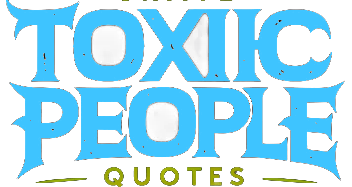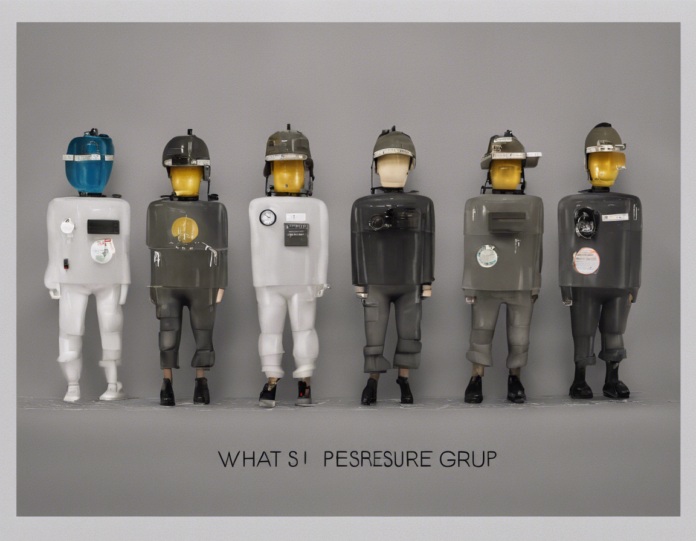What Are Pressure Groups?
Pressure groups, also known as interest groups or advocacy groups, are organizations formed by like-minded individuals with common interests, goals, or values to influence public policy, government decisions, or corporate practices. These groups work to raise awareness, promote specific causes, and advocate for changes in policies or regulations.
Types of Pressure Groups
Pressure groups can be categorized into several types based on their focus and objectives:
1. Economic Interest Groups
- These groups represent businesses, industries, trade unions, or professional associations. Their primary goal is to advance the economic interests of their members through lobbying efforts and advocacy campaigns.
2. Environmental Groups
- Environmental pressure groups focus on promoting environmental conservation, sustainability, and protection of natural resources. They advocate for policies that address climate change, wildlife preservation, and pollution control.
3. Social Interest Groups
- These groups advocate for social justice, equality, and human rights issues. They work to raise awareness of marginalized communities, discrimination, poverty, or healthcare disparities.
4. Ideological Groups
- Ideological pressure groups promote specific political ideologies or beliefs. They aim to influence public opinion and government policies based on their core values, whether conservative, liberal, libertarian, or socialist.
Functions of Pressure Groups
Pressure groups play a crucial role in shaping public discourse and influencing decision-making processes. Some of the key functions of pressure groups include:
1. Advocacy
- Pressure groups advocate for specific causes or interests, representing the concerns of their members in public debates, policy discussions, and legislative processes.
2. Lobbying
- Lobbying involves directly contacting policymakers, legislators, or government officials to influence their decisions in favor of the group's objectives. Lobbyists often use research, data, and persuasive arguments to make their case.
3. Campaigning
- Pressure groups engage in public campaigns to raise awareness, mobilize support, and pressure authorities to take action on key issues. Campaign tactics may include rallies, petitions, social media campaigns, and mass media outreach.
4. Research and Policy Analysis
- Many pressure groups conduct research, analyze data, and develop policy recommendations to support their advocacy efforts. By providing evidence-based solutions, these groups add credibility to their proposals.
5. Watchdog Role
- Pressure groups act as watchdogs, monitoring government actions, corporate practices, or policy developments to hold decision-makers accountable and expose any misconduct, corruption, or violations of public trust.
Impact of Pressure Groups
Pressure groups can have a significant impact on public policy, legislation, and social change. Some of the ways in which pressure groups influence decision-making processes include:
1. Policy Influence
- By presenting compelling arguments, mobilizing public support, and engaging with policymakers, pressure groups can shape policies, regulations, and laws that align with their goals and priorities.
2. Public Awareness
- Pressure groups help raise awareness of critical issues, educate the public, and spark public debates on important social, economic, or environmental matters.
3. Power Balancing
- Pressure groups provide a counterbalance to government power, corporate influence, or special interests by representing the voice of common citizens, grassroots movements, or marginalized groups.
4. Legal Challenges
- Some pressure groups resort to legal challenges, lawsuits, or judicial activism to challenge unjust policies, protect civil liberties, or uphold constitutional rights through the court system.
Challenges Faced by Pressure Groups
While pressure groups play a vital role in democratic societies, they also encounter several challenges and obstacles in their advocacy efforts:
1. Resource Constraints
- Many pressure groups operate on limited budgets, relying on donations, membership fees, or volunteer support. This lack of resources can affect their outreach, research capabilities, and lobbying effectiveness.
2. Influence of Big Money
- Wealthy corporations, special interest groups, or political donors may exert undue influence on policymakers, tilting the playing field against smaller or grassroots pressure groups.
3. Fragmentation
- With a diverse range of pressure groups representing various interests and causes, coordination, coalition-building, and solidarity among different groups can be challenging, leading to fragmentation and dilution of impact.
4. Access to Decision-Makers
- Not all pressure groups have equal access to policymakers, government officials, or legislative bodies. Well-connected groups or industry lobbyists may have preferential treatment, hindering the influence of smaller or less-established groups.
5. Public Perception
- Some pressure groups face skepticism, criticism, or negative public perception due to misconceptions, stereotypes, or biases. Building trust, transparency, and credibility is essential to overcome these challenges.
Effective Strategies for Pressure Groups
To enhance their effectiveness and maximize their impact, pressure groups can adopt several strategies and best practices:
1. Strategic Planning
- Developing a clear mission, goals, and action plan is essential for effective advocacy. Setting priorities, timelines, and measurable objectives can guide the group's efforts towards meaningful outcomes.
2. Coalition Building
- Collaborating with other like-minded organizations, allies, or stakeholders can amplify the group's voice, increase resources, and broaden support for common causes.
3. Grassroots Mobilization
- Engaging grassroots supporters, volunteers, or activists can strengthen the group's advocacy campaigns, expand its outreach, and diversify its membership base.
4. Media Engagement
- Utilizing traditional media, social media platforms, press releases, and digital communications can help pressure groups reach a wider audience, raise awareness, and shape public opinion.
5. Transparency and Accountability
- Maintaining transparency in operations, financial reporting, decision-making processes, and governance structures is crucial for building trust and credibility with stakeholders, members, and the public.
FAQs About Pressure Groups
1. What distinguishes pressure groups from political parties?
- While political parties aim to form governments and implement a comprehensive political agenda, pressure groups focus on specific issues, causes, or interests and seek to influence policies or decisions without running for office.
2. Are pressure groups only active in democracies?
- Pressure groups can exist in various political systems, including democracies, autocracies, or hybrid regimes. However, their effectiveness and autonomy may vary depending on the level of political openness and civil liberties in a given system.
3. How do pressure groups fund their activities?
- Pressure groups rely on various sources of funding, including membership dues, donations, grants, fundraising events, and sponsorships. Some groups may also receive funding from philanthropic organizations or political allies.
4. Can pressure groups collaborate with government agencies or officials?
- While pressure groups may engage with government agencies, policymakers, or legislators to advocate for their interests, maintaining independence and impartiality is essential to avoid conflicts of interest or undue influence.
5. How do pressure groups measure their impact and success?
- Pressure groups may evaluate their impact through policy changes, legislative outcomes, public awareness, media coverage, membership growth, fundraising results, or other key performance indicators aligned with their goals.
In conclusion, pressure groups are essential actors in modern democracies, advocating for diverse interests, influencing policy decisions, and holding authorities accountable. By understanding their functions, types, challenges, and strategies, individuals can engage effectively with pressure groups to promote positive social change, address pressing issues, and contribute to a more inclusive and participatory democratic system.

